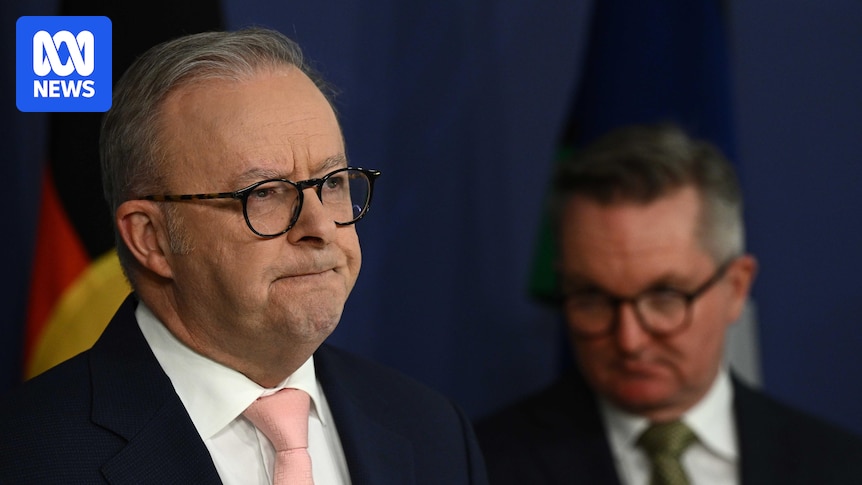
The Australian government has set ambitious climate targets for 2035, aiming for a 62-70% reduction in emissions and achieving net zero by 2050. However, new CSIRO modelling suggests these goals may be more aspirational than achievable. The logistics of meeting these targets require extensive land use changes, including the creation of new forests covering areas equivalent to half of Victoria and later two Tasmanias.
The announcement comes as the government attempts to position itself as a leader in climate action. Yet, the CSIRO’s findings, released alongside the government’s targets, indicate that achieving a 62-70% reduction by 2035 necessitates the removal of 100 million tonnes of carbon dioxide annually. This is to offset one-third of the projected 300 million tonnes of emissions. By 2050, the requirement increases to 150 million tonnes annually to reach net zero.
Forestry and Land Use Challenges
To meet these sequestration needs, Australia would need to plant millions of trees, covering at least 10 million hectares by 2035 and 15 million hectares by 2050. This land is currently used for agriculture, raising concerns about the impact on food production and rural economies. Prime Minister Anthony Albanese’s announcement notably omitted these extensive land use changes.
Most current carbon sequestration comes from existing forests, but these are insufficient. The outback’s contribution is expected to decline as the landscape dries, and gains from reduced native forest logging are one-time benefits. The CSIRO and government rely heavily on planting new forests on productive farmland, which could dramatically shrink Australia’s agricultural sector.
Technological and Energy Sector Assumptions
Meanwhile, the CSIRO modelling assumes significant advancements in energy and transport sectors. By 2035, electricity generation is expected to be 86% carbon-free, rising to 92% by 2050. This involves eliminating coal use, maintaining some gas generation, and achieving 100% electric vehicle sales. Additionally, two-thirds of freight transport must be electrified, with the remainder using biofuels.
These assumptions also include the commercialisation of hydrogen carriers and sustainable aviation fuels. However, the pace of decarbonisation required is unprecedented, relying on technologies not yet widely available.
Global Context and Comparisons
The move represents a significant challenge not only for Australia but globally. The Climate Council and the Australian Academy of Science argue that to limit global warming to 2 degrees Celsius, Australia should aim for net zero by 2035, with the world achieving this by 2040. Yet, no country is on track for net zero by 2040, and current global targets suggest a trajectory towards a 2.5-degree rise.
China and India, two of the world’s largest emitters, have set targets that fall short of the necessary reductions. The United States, under the previous administration, dismissed climate change efforts, complicating international cooperation.
Implications for Australia
The future reality is unclear, as highlighted by recent government reports on environmental risks and adaptation. The National Risk Assessment and National Adaptation Plan lack specificity in addressing the likelihood of various warming scenarios. Without clear probabilities, adaptation strategies remain unfocused.
Australia’s current adaptation funding, including a $1 billion Disaster Ready Fund, appears inadequate. The Insurance Council of Australia estimates $30 billion is needed for effective adaptation. The government struggles to allocate these funds, with few substantial project applications from states.
“Addressing 2 degrees of warming will require a complete rethink of infrastructure and insurance,” said Amanda McKenzie, CEO of the Climate Council. “Three degrees would mean regular 50-degree Celsius days, costing 4% of GDP due to lost workdays.”
Looking Forward
Australia may need to consider new insurance models, similar to the UK’s Flood Re, to manage risks in flood and bushfire-prone areas. Additionally, the refugee program might need adjustments to accommodate climate-displaced individuals from vulnerable regions.
Ultimately, the underlying problem is that current policies assume global efforts will succeed in preventing climate change. However, the optimism expressed by politicians, such as Climate Change Minister Chris Bowen, might not suffice for effective risk management. As Australia and the world grapple with these challenges, careful planning and realistic assessments will be crucial to navigating the uncertain future of climate change.






